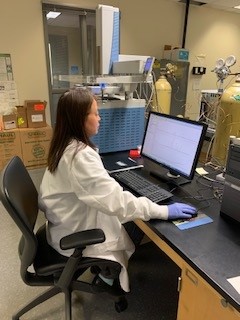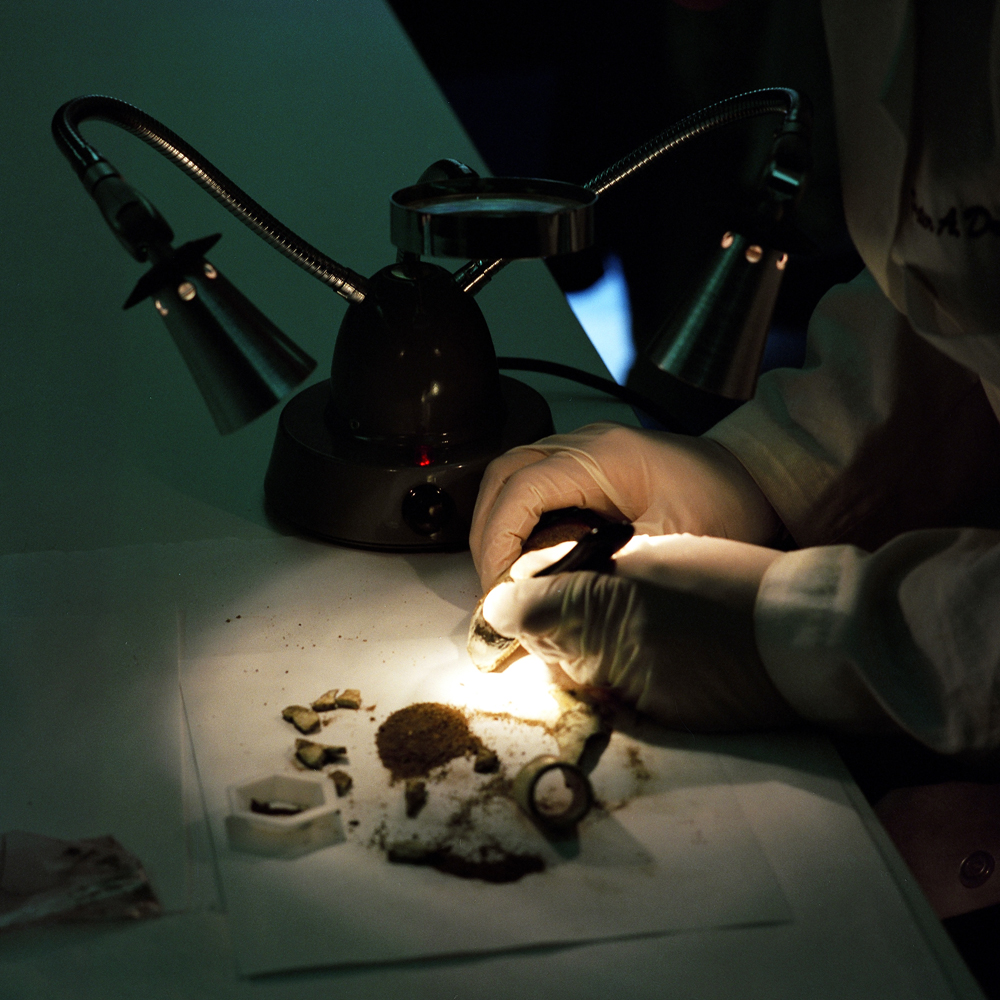 ATF’s forensic chemists analyze physical evidence from crime scenes to assist special agents and investigators in solving crimes. During an investigation, they help to collect and process evidence to reconstruct crime scenes. They then interpret scientific data from post-blast debris, fire debris, and trace evidence to identify leads. Chemists also serve as technical experts responsible for teaching prosecuting attorneys and agents about the proper process to collect and preserve evidence.
ATF’s forensic chemists analyze physical evidence from crime scenes to assist special agents and investigators in solving crimes. During an investigation, they help to collect and process evidence to reconstruct crime scenes. They then interpret scientific data from post-blast debris, fire debris, and trace evidence to identify leads. Chemists also serve as technical experts responsible for teaching prosecuting attorneys and agents about the proper process to collect and preserve evidence.
ATF’s chemists work in three forensic science laboratories that are strategically located across the country. They also conduct forensics research and training at the National Center for Explosives Training and Research (NCETR).
Some chemists serve on the National Response Team (NRT) and rapidly deploy to support investigations at major fire and explosive crime scenes. Their technical skills help identify evidence used to prosecute violent criminals. Chemists also work with instructors at the ATF National Canine Training Center to certify canine/handler teams every year.
View current openings on USAJobs
 Specialized Training and Education
Specialized Training and Education
At ATF, forensic chemists mainly focus on explosives, fire debris, and trace evidence. Applicants must have an undergraduate degree in chemistry and several years of experience working in forensics. Once hired, new chemists complete a one-year, on-the-job training program to prepare them for ATF’s diverse caseload.
As leading experts in their field, ATF’s forensic chemists often develop new scientific procedures and publish articles on their research. They also participate in academic peer reviews to stay up to date on the latest forensic chemistry methods and protocols.
Interagency Partnerships
ATF chemists teach courses for law enforcement partners on topics like Post Blast Investigation Techniques, Homemade Explosives, Chemistry for Explosives Detection Canines, and Basic and Advanced Fire Debris Analysis. They also present their latest findings and best practices to ATF’s interagency partners and professional organizations.

